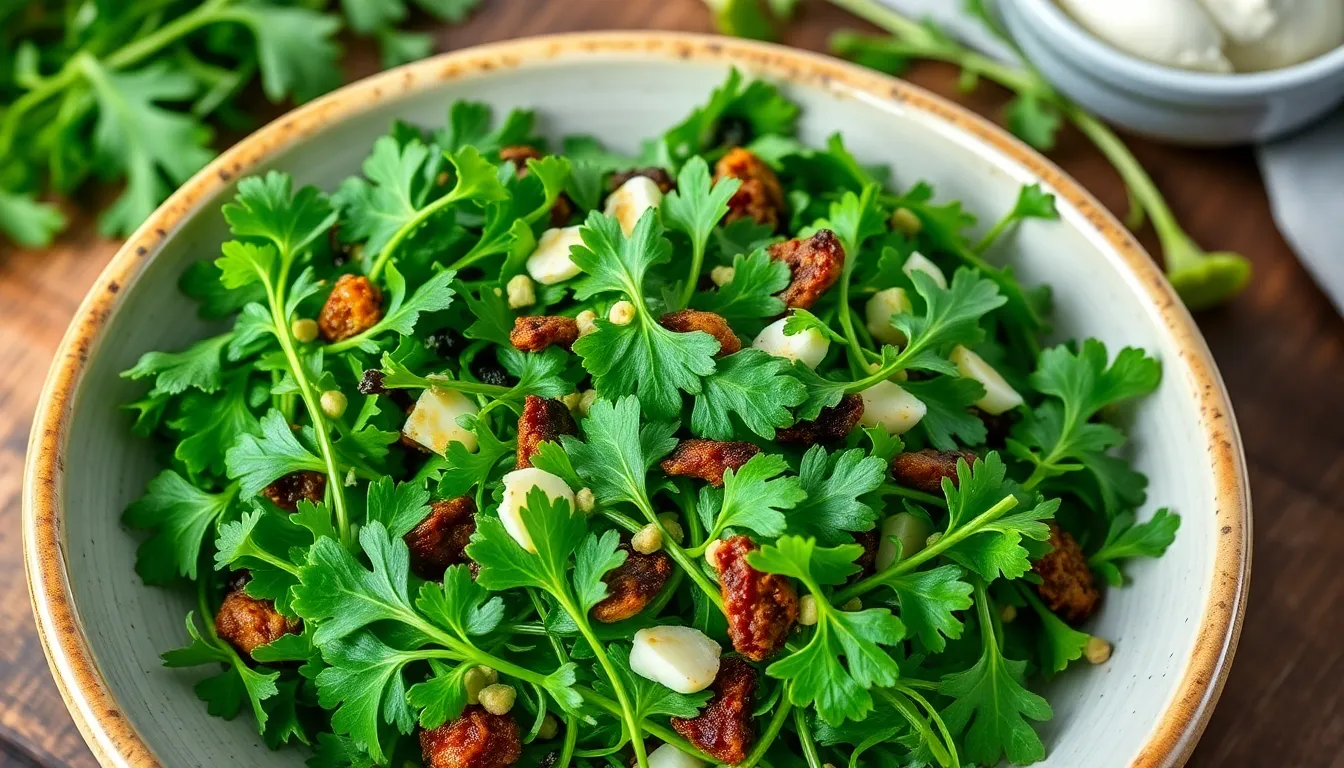Vegetable-Based Smoothies for Kids: Fun and Healthy Ideas
I. Introduction
Getting children to eat their vegetables can sometimes feel like an uphill battle, but incorporating veggies into their diets is crucial for their growth and development. Smoothies present an exciting solution, blending nutritious ingredients into a tasty drink that children will love. In this blog post, we will explore the importance of vegetable consumption in children’s diets, the benefits of smoothies, and provide you with a variety of fun and healthy smoothie recipes that are sure to please even the pickiest eaters.
II. Understanding the Basics of Smoothies
A. What is a smoothie?
A smoothie is a thick, creamy beverage made by blending fruits, vegetables, liquids, and sometimes other ingredients such as yogurt or protein powder. Smoothies can be a nutritious meal or snack option, packed with vitamins and minerals.
B. Key components of a balanced smoothie: vegetables, fruits, liquids, and extras
To create a well-rounded smoothie, consider the following components:
- Vegetables: Leafy greens, root vegetables, and other nutrient-rich options.
- Fruits: Fresh or frozen fruits for natural sweetness and flavor.
- Liquids: Water, milk, or plant-based alternatives like almond or coconut milk.
- Extras: Ingredients such as yogurt, nut butter, seeds, or protein powders for added nutrition.
C. Tips for making smoothies appealing to kids
- Incorporate colorful fruits and vegetables.
- Use fun straws and cups to make drinking more exciting.
- Let kids choose their ingredients for a sense of ownership.
- Serve smoothies in bowls and top with fun toppings like granola or sprinkles.
III. Choosing the Right Vegetables
A. List of kid-friendly vegetables for smoothies
- 1. Spinach
- 2. Kale
- 3. Carrots
- 4. Beets
- 5. Avocado
B. Nutritional benefits of each vegetable
Each of these vegetables brings unique nutritional benefits:
- Spinach: High in iron, calcium, and vitamins A, C, and K, it aids in bone health and immune function.
- Kale: Packed with antioxidants, vitamins K, A, and C, and offers significant anti-inflammatory properties.
- Carrots: Rich in beta-carotene, which converts to vitamin A, essential for healthy vision
- Beets: Contain nitrates that can improve blood flow and lower blood pressure, along with folate and manganese.
- Avocado: Loaded with healthy fats, fiber, and essential vitamins, avocados promote heart health and digestion.
IV. Fun and Creative Smoothie Recipes
A. Recipe 1: Green Monster Smoothie
Ingredients:
- 1 cup fresh spinach
- 1 ripe banana
- 1 cup almond milk
- 1 tablespoon honey (optional)
Instructions:
- Add spinach, banana, and almond milk to a blender.
- Blend until smooth.
- Taste and add honey if desired for sweetness.
- Serve immediately in a fun glass.
B. Recipe 2: Carrot Cake Smoothie
Ingredients:
- 1 cup grated carrots
- 1 cup pineapple chunks
- 1 cup yogurt (vanilla or plain)
- 1 teaspoon cinnamon
Instructions:
- Combine grated carrots, pineapple, yogurt, and cinnamon in a blender.
- Blend until smooth and creamy.
- Pour into a cup and sprinkle a bit more cinnamon on top.
C. Recipe 3: Berry Beet Blast
Ingredients:
- 1 small cooked beet, chopped
- 1 cup mixed berries (fresh or frozen)
- 1 cup coconut water
Instructions:
- Place beet, mixed berries, and coconut water into the blender.
- Blend until smooth.
- Serve chilled, garnished with a few whole berries.
D. Recipe 4: Avocado Chocolate Delight
Ingredients:
- 1 ripe avocado
- 2 tablespoons cocoa powder
- 1 banana
- 1 cup milk or dairy-free alternative
Instructions:
- In a blender, combine avocado, cocoa powder, banana, and milk.
- Blend until smooth and creamy.
- Serve immediately for a chocolatey treat!
E. Recipe 5: Tropical Veggie Smoothie
Ingredients:
- 1 cup chopped kale
- 1 ripe mango
- 1 cup coconut milk
Instructions:
- Put kale, mango, and coconut milk in the blender.
- Blend until smooth.
- Enjoy on a sunny day for a taste of the tropics!
V. Tips for Making Smoothies Kid-Friendly
A. Involving kids in the smoothie-making process
Invite your children into the kitchen to help choose ingredients and mix the smoothie. This involvement can lead to a greater interest in what they’re consuming.
B. Using fun straws and colorful cups
Let kids pick their favorite colors or themed cups and straws. A fun presentation can make a big difference in how much they enjoy their smoothies.
C. Experimenting with flavors and textures
Encourage kids to try different combinations of fruits and vegetables. Mixing textures—like creamy avocado with crunchy granola—can keep things exciting.
D. Making smoothie bowls for added fun
Blend smoothies thicker and serve them in bowls topped with fruits, nuts, or seeds. This adds a fun, interactive element to meal time.
VI. Nutritional Benefits of Vegetable Smoothies
A. Vitamins and minerals from vegetables
Vegetable smoothies are a concentrated source of essential vitamins and minerals that are vital for children’s health.
B. Importance of fiber
Vegetables are high in fiber, which is crucial for digestion and helps keep kids feeling full longer.
C. How smoothies can help with picky eaters
For kids who resist eating vegetables, smoothies can disguise the taste while still delivering essential nutrients. This ingenious method allows you to sneak in those much-needed veggies.
VII. HTML Table: Nutritional Comparison of Common Smoothie Vegetables
Below is a nutritional comparison of some common smoothie vegetables:
| Vegetable | Calories (per 100g) | Vitamin A (%DV) | Vitamin C (%DV) | Fiber (g) |
|---|---|---|---|---|
| Spinach | 23 | 130 | 47 | 2.2 |
| Kale | 35 | 206 | 200 | 4.1 |
| Carrots | 41 | 184 | 7 | 2.8 |
| Beets | 43 | 0 | 6 | 2.8 |
| Avocado | 160 | 2 | 17 | 6.7 |
In conclusion, incorporating vegetable-based smoothies into your child’s diet can be a delightful and nutritious way to ensure they receive the vitamins and minerals necessary for healthy growth. With these recipes and tips, you can make mealtime fun and engaging while fostering healthier eating habits from a young age!




